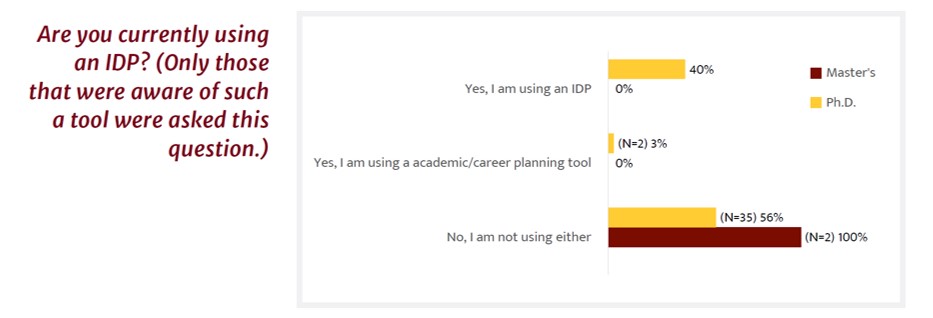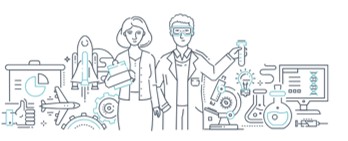Individual Development Plan
Individual Development Plan as a tool for early career planning
The Individual Development Plan is one of several career professional development tools that helps trainees identify and establish short and long-term career goals. Graduate students and postdocs can both use the platform as a means to identify their research and career goals and to communicate these goals to mentors, PIs, and advisors. In addition, the IDP helps to assess and develop transferable skills for different career paths., effectively communicate goals to various target audiences, and build a solid support network during graduate school, postdoctoral training and beyond.
The GPS Office program manager for career development services works closely with the Graduate School to employ the University of Minnesota-sponsored STEM individual Development plan. Through a partnership with Norton, which is a web-based productivity app, the platform allows trainees to utilize an IDP system that connects their mentors for real-time feedback and input as your career plans evolve.

Percent of graduate students in the Medical School using IDP
Graph above shows percentage of polled graduate stuednts int he Medical School between 2017-2020. Data collected and organized by the University of Minnesota Graduate School.
Introducing myIDP (Science Careers)
To help the trainee navigate career opportunities, developing a plan to integrate and prioritize key training elements is required. As such, Science has created myIDP, which serves as a career-planning tool based on the Federation of American Societies for Experimental Biology's (FASEB's) Individual Development Plan for Postdoctoral Fellows.
The myIDP is an excellent resource to employ with your faculty mentors, peers and career development services staff to aid in self-assessment of strengths, weaknesses, priorities, threat and opportunities. In conjunction with other career development services provided by the GPS Office, the myIDP will help identify the career goals and coupled training elements that are optimal for maximizing your success.

Science Careers myIDP
myIDP - a unique, web-based career-planning tool tailored to meet the needs of PhD students and postdocs in the sciences.
- Exercises to help you examine your skills, interests, and values
- A list of 20 scientific career paths with a prediction of which ones best fit your skills and interests
- A tool for setting strategic goals for the coming year, with optional reminders to keep you on track
- Articles and resources to guide you through the process